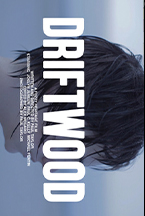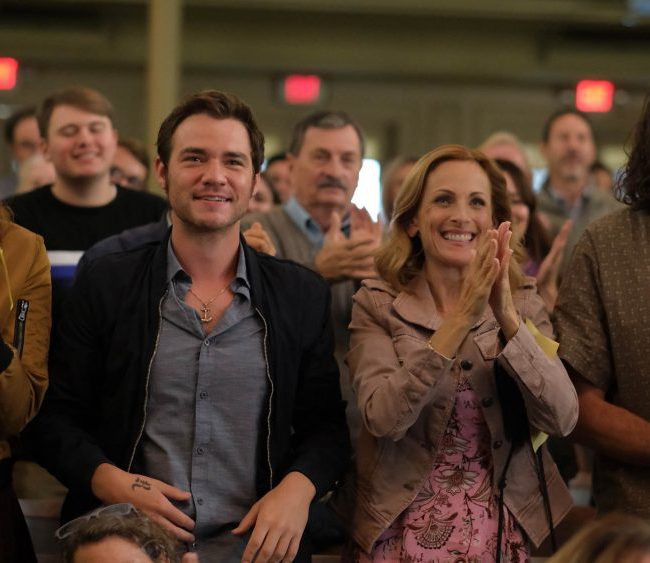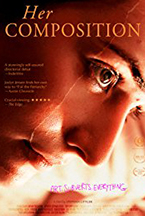DRIFTWOOD

(The winner of the Grand Jury Prize for Best Narrative Film at the 2016 Slamdance Film Festival, Driftwood stunned critics and haunted film fans across the country last year. A daring cinematic vision with no spoken dialogue, Driftwood washed up on VOD shores exclusively on iTunes this Tuesday, November 21.)
Paul Taylor hates exposition so much; he created a film that has none whatsoever. Without dialogue, people can’t say unnatural things like, “You’re my brother,” and “you know how we robbed that bank together?” Instead, Taylor drops the audience right into a world that looks a lot like ours, but, as we soon come to realize, it has some fundamental differences. Mainly, this is a world in which young adults wash up on the beach like so much Driftwood. These beach people come partially dressed but entirely devoid of worldly knowledge. The first one we meet is a Young Woman (Joslyn Jensen). We never learn her name or if she even has one. Nor do we learn the name of the Old Man (Paul C. Kelly) who gathers her up and takes her to his home. It’s never clear where she’s from or why she needs someone to teach her how to eat, groom, and use the toilet. What she doesn’t need, however, is the patriarchal form his help takes, nor the increasingly iron fist with which he rules.
Historically a cinematographer, Taylor’s debut feature is a cerebral cinematic experience. Without dialogue, the weight of the story falls entirely on the expressions and body language of the actors. Not many performers would be up to the task. But Taylor’s cast, particularly Jensen, is able to convey vast amounts of information in a single look. Jensen sells a character that could have easily come off as exaggerated or cartoonish. The way the Young Woman explores the Old Man’s house makes you believe she is in an unfamiliar world. But she’s not just a lump of clay for the Old Man to mold. She’s a developing human with independent thoughts, needs, and desires. At first she doesn’t question the man when he takes her by the arm and guides her around the house, dresses her up, and teaches her to tidy up the kitchen. But there’s a growing understanding beneath her saucer eyes. Maybe she doesn’t know how a frying pan works, but she knows she doesn’t like the way the man touches her before she gets into the bath or the fact that there are now chains on her bedroom door.
Kelly deftly conveys the Old Man’s growing sense of possessiveness and control over the woman. He wants her to be happy but only within the confines of the world he has envisioned for the two of them. Though he has given her a frock and a bed, and taught her life skill, his plan is not to make her independent. He doesn’t seem to know exactly what he does want from her. He vacillates between treating her like a wife, a child, a pet, a doll, and a slave. But whatever he desires in any given moment always involves subservience. He never tries to speak to her and she never attempts speech. Either this sort of adult adoption is par for the course in this world and/or he doesn’t respect her enough as a human to give her the power of speech. Though he sometimes treats her tenderly, the Old Man clearly feels superior to the Young Woman in every way. When she starts to act independently of him, he pulls the reigns tighter, until she is unequivocally a prisoner. The plot thickens when the Old Man brings home a second beach person, this time a Young Man.
Viewers who require a fully fleshed-out cinematic world may find something lacking in Driftwood. The mechanics of the people on the beach don’t hold up to scrutiny. And because the world looks so similar to ours, it’s tempting to rationalize their origins. But Driftwood works best as a fairy tale or parable. It doesn’t matter where they come from. What matters is how the people who are in charge treat them. Through this construct, Taylor explores a number of themes including gender roles, autonomy, and even helicopter parenting. Driftwood is part Overboard, part Black Snake Moan, part “Mary Jane’s Last Dance,” and an entirely riveting cinematic experience.
– Jessica Baxter (@tehBaxter)











